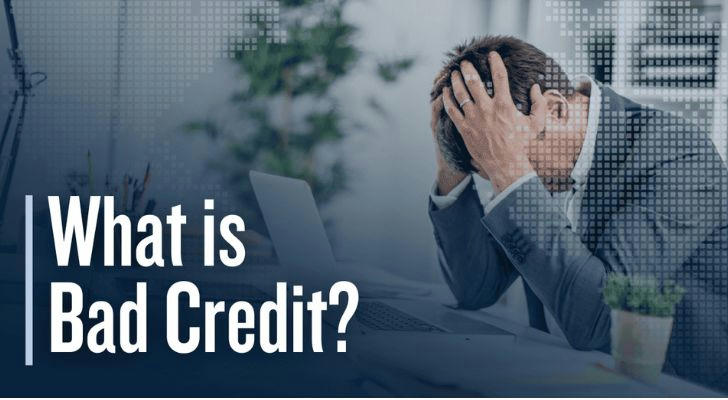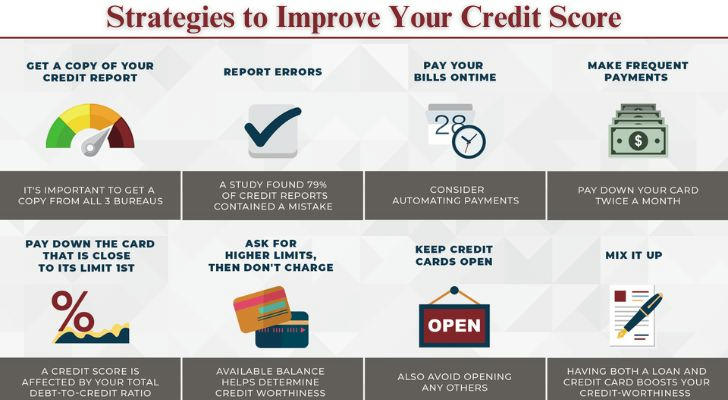How to Get a Low Interest Credit Card in the US with Bad Credit?

Introduction
Do you feel financially held back by bad credit, especially when you need a credit card to pay for daily expenses or rebuild your financial situation? Many people struggle with low credit scores due to missed payments, high debt utilization, or past financial difficulties. However, having a low credit score doesn’t mean you can never get a low interest credit card to use.
In this article, we’ll explore how individuals with bad credit can qualify for low interest credit cards, the options available, and key strategies to improve your credit score for better financial opportunities.

What Does It Mean to Have Bad Credit?
Bad credit is typically defined by a low FICO score (below 580) and is the result of missed payments, high debt utilization, or defaults. Lenders view individuals with bad credit as high-risk borrowers, making it harder to qualify for loans, mortgages, or credit cards.
According to Experian’s 2024 Consumer Credit Review, around 16% of Americans have credit scores classified as poor (below 580). Fortunately, financial institutions offer products tailored to help rebuild credit.

What are the negative effects of bad credit?
- Difficulty in applying for loans and credit cards
a: Difficulty in applying for credit cards: There is a high probability of being rejected, or only being able to obtain a card with a high interest rate and a low limit. b: High interest rates: Even if approved, the interest rate is usually high, increasing the repayment burden.
- Difficulty in renting a house
a: Rent rejection: The landlord may reject the rental application due to bad credit. b: High deposit: You may need to pay a higher deposit.
- Impact on personal employment
a: Background check: Some employers will check credit records, and bad credit may affect employment.
- Personal financial pressure
a: Collection and litigation: You may face collection calls, letters, or even be sued. b: Psychological pressure: Long-term financial problems may cause anxiety and stress.
What factors cause bad credit?
- Late or missed payments
- High credit utilization
- Default or bankruptcy
- Limited credit history
While a low score can limit your financial options, there are ways to get credit and rebuild your financial health.
Credit Card Options for People with Bad Credit
While major banks often deny applications from individuals with low credit scores, several alternatives exist to obtain a credit card.
A. Secured Credit Cards
Secured credit cards are one of the most accessible options for people with bad credit. They require a security deposit, which serves as the credit limit. These cards are reported to credit bureaus, allowing users to build a positive credit history.
Examples:
- Discover it® Secured Card
According to Discover, 87% of cardholders with responsible use qualify for an upgrade to an unsecured card within eight months.
Advantages:
- Low approval requirements: Even with poor credit, you can get approved.
- Credit-building opportunity: Responsible use improves your credit score over time.
B. Prepaid Debit Cards
Although prepaid debit cards do not contribute to credit score improvement, they offer an alternative for those who struggle with traditional banking. These cards function similarly to debit cards but are not tied to a checking account.
Examples:
- Bluebird by American Express
This card has no monthly fees and provides easy access to reload cash at retail locations.
Advantages:
- No credit check required: Approval is guaranteed regardless of credit history.
- Spending control: Users can only spend what they load onto the card.

Strategies to Improve Your Credit Score
If you secure a credit card, it’s crucial to use it wisely to rebuild your credit. Below are key strategies to improve your score.
A. Make Payments on Time
Payment history accounts for 35% of your FICO score, according to the Consumer Financial Protection Bureau (CFPB). Always pay at least the minimum amount due to avoid negative marks on your credit report.
B. Keep Your Credit Utilization Below 30%
Credit utilization refers to the percentage of your available credit that you use. The Federal Reserve suggests maintaining a utilization ratio below 30% to demonstrate responsible credit management.
C. Request Gradual Credit Limit Increases
As you build a positive payment history, some issuers may offer credit limit increases. A higher credit limit can help lower your credit utilization ratio, improving your overall credit score.
Conclusion
Having bad credit can make financial access more difficult, but it is not an insurmountable barrier. By selecting the right financial products and practicing responsible credit management, you can rebuild your credit and unlock better financial opportunities.
Always research your options and read the terms and conditions before committing to any credit product. With patience and discipline, you can restore your financial standing.
